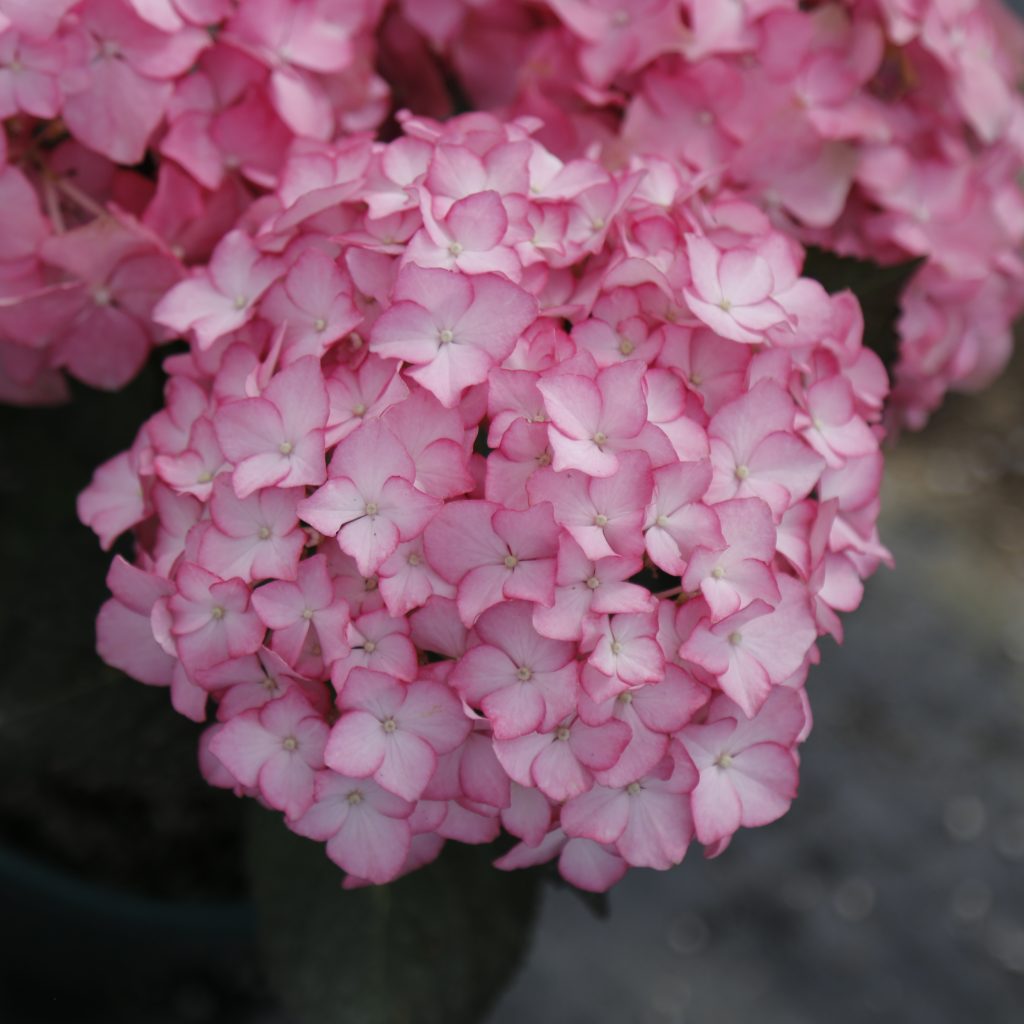Author Introduction:
Write by ANHUI FUYANG JINFENG ECOAGRICULTURE CO.,LTD., where gardening expertise meets premium quality plants and trees! With over 30 years of experience, we’ve cultivated a reputation as specialists in providing top-notch flora for all your gardening needs. What began with a few humble plastic greenhouses has blossomed into a sprawling operation spanning about 300 acres.

Hydrangea macrophylla, commonly known as bigleaf hydrangea, is celebrated for its stunning blooms that can transform any garden into a vibrant display of color. However, many gardeners experience frustration when their hydrangeas fail to produce flowers. Understanding the reasons behind this issue is crucial for ensuring these beautiful plants thrive and bloom. Here’s a look at the common causes of non-flowering in Hydrangea macrophylla and how to remedy them.
1. Incorrect Pruning
One of the most common reasons for non-flowering in Hydrangea macrophylla is improper pruning. Unlike some plants that can be pruned at any time, bigleaf hydrangeas bloom on old wood, meaning that the flower buds form in the previous growing season. If pruned too late or too severely, these buds can be removed, leading to a lack of blooms in the current year.
Solution:
Prune your hydrangeas immediately after they finish blooming. Remove only dead or damaged stems and avoid cutting back healthy branches significantly. This will allow the plant to set buds for the following year.
2. Inadequate Sunlight
Hydrangeas prefer bright, indirect sunlight. If they are planted in a location with insufficient light, they may produce lush foliage but little to no flowers. Too much direct sunlight can also cause stress, leading to fewer blooms.
Solution:
Aim to provide your hydrangea with at least 4 to 6 hours of dappled sunlight each day. If your plant is in a too-shady spot, consider relocating it to a sunnier area, ensuring it still gets some protection from the harsh afternoon sun.
3. Nutrient Imbalance
Hydrangeas require balanced nutrients to thrive and bloom. Excessive nitrogen can encourage leafy growth at the expense of flowers. Conversely, deficiencies in phosphorus and potassium can hinder flowering.
Solution:
Use a balanced, slow-release fertilizer specifically formulated for flowering plants. Look for fertilizers with a higher middle number (phosphorus), which supports bloom development. Apply the fertilizer in early spring, following the package instructions for dosage.
4. Improper Watering
Both overwatering and underwatering can stress Hydrangea macrophylla, leading to reduced flowering. These plants prefer consistently moist soil but not waterlogged conditions.
Solution:
Maintain even moisture in the soil, ensuring it is well-draining. Water your hydrangeas regularly, especially during dry spells, but allow the top inch of soil to dry out between waterings. Consider using mulch to help retain moisture and regulate soil temperature.
5. Extreme Weather Conditions
Bigleaf hydrangeas can be sensitive to temperature extremes. Late frosts in spring can damage flower buds that have already formed, while prolonged heat can stress the plant.
Solution:
Protect your hydrangeas from late spring frosts by covering them with burlap or cloth if a cold snap is forecasted. During extreme heat, ensure they receive adequate water and consider providing some afternoon shade.
6. Pest and Disease Issues
Pests like aphids or diseases such as powdery mildew can weaken plants, affecting their ability to produce flowers. Signs of stress include yellowing leaves, wilting, or visible pests.
Solution:
Regularly inspect your hydrangeas for signs of pests or disease. Use appropriate organic or chemical treatments as needed, and practice good garden hygiene by removing dead leaves and debris.
7. Varietal Differences
It’s essential to recognize that not all Hydrangea macrophylla varieties bloom equally. Some cultivars may naturally produce fewer flowers or may take longer to establish and bloom after planting.
Solution:
Research the specific variety of your hydrangea to understand its blooming characteristics. If you’re looking for abundant blooms, consider selecting a variety known for its prolific flowering.
Conclusion
While it can be disheartening to see Hydrangea macrophylla fail to flower, most issues can be addressed with a few simple adjustments. By understanding the plant's specific needs regarding pruning, sunlight, nutrients, watering, and protection from pests and diseases, gardeners can foster an environment conducive to beautiful blooms. With patience and care, your hydrangeas can flourish, rewarding you with the stunning display they are known for.




